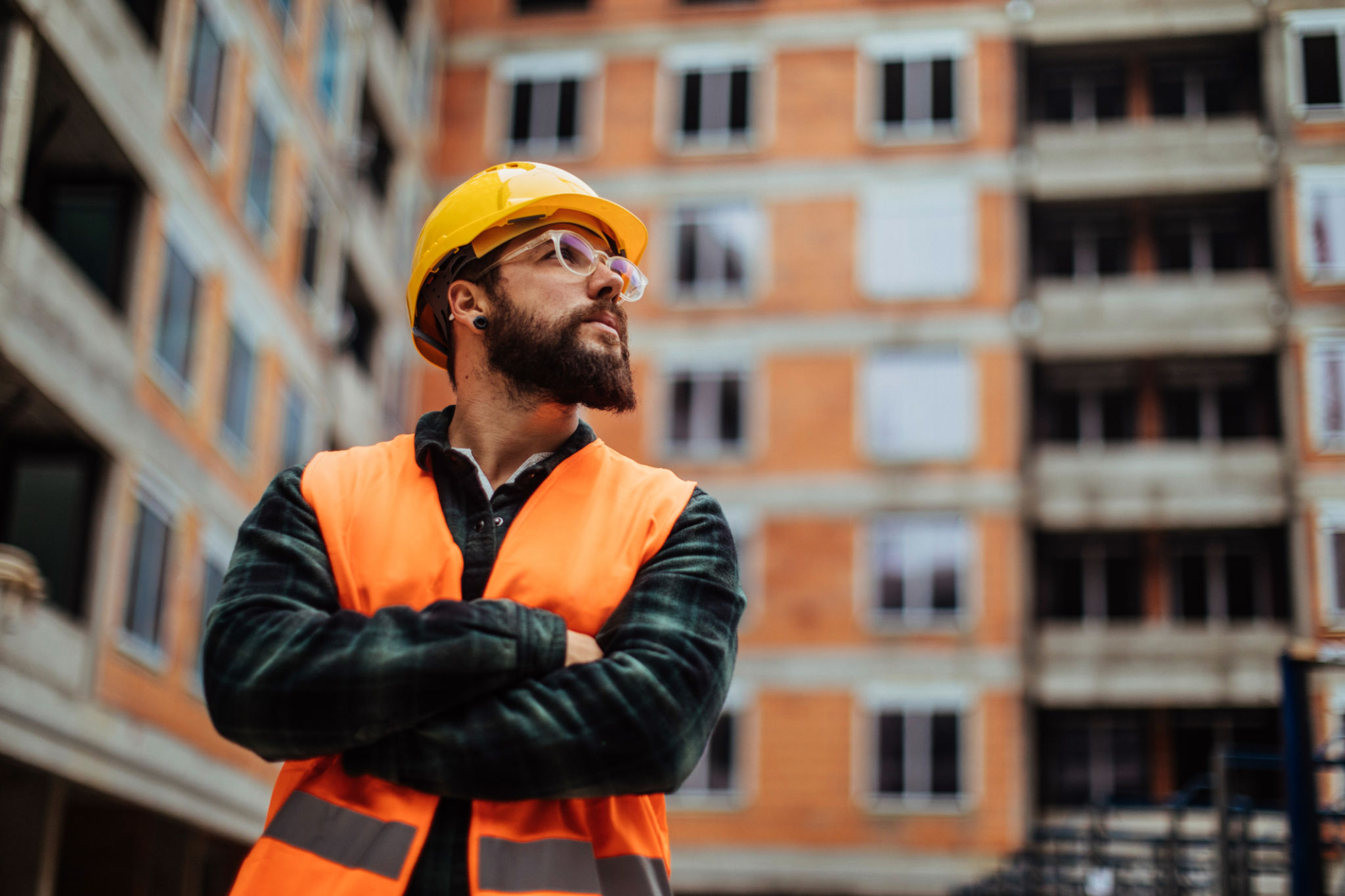Top Trends in Structural Steel Design for Commercial Buildings
Innovative Structural Solutions
The world of commercial architecture is continually evolving, and structural steel design plays a pivotal role in this transformation. Recent trends highlight innovative solutions that cater to both functionality and aesthetics. With the demand for more flexible and sustainable buildings, structural engineers are pushing the boundaries of traditional steel design.

One significant trend is the use of steel in creating open, column-free spaces. This approach not only maximizes usable space within commercial buildings but also allows for future adaptability. The flexibility of steel as a material means that architects can design expansive interiors without compromising on strength or stability.
Sustainability and Eco-Friendly Practices
Sustainability is at the forefront of modern construction, and structural steel is no exception. Engineers are increasingly incorporating recycled steel in their designs, which significantly reduces the carbon footprint of new constructions. Moreover, steel's durability ensures that buildings have a longer lifespan, reducing the need for frequent renovations and material waste.
Additionally, the integration of energy-efficient solutions, such as solar panels and advanced HVAC systems, is becoming standard in commercial buildings. These innovations not only enhance the building's sustainability but also lower operational costs in the long run.

Advanced Technological Integration
The integration of technology in steel design is revolutionizing construction processes. Building Information Modeling (BIM) allows architects and engineers to visualize and plan every aspect of a building before construction begins. This technology ensures precision in design, reduces errors, and facilitates seamless collaboration between different stakeholders.
Moreover, advancements in fabrication technology have led to the development of prefabricated steel components. These components are manufactured off-site and assembled on-site, significantly reducing construction time and costs while maintaining high-quality standards.

Innovative Aesthetic Design
Modern commercial buildings are not just about functionality; aesthetics play a crucial role as well. Structural steel provides architects with the freedom to experiment with bold and innovative designs. From sleek facades to intricate geometric patterns, steel enables the creation of visually striking structures that stand out in urban landscapes.
As cities continue to grow and evolve, the demand for iconic buildings that define skylines increases. Structural steel's versatility supports this trend by offering unparalleled design flexibility without sacrificing structural integrity.
Enhanced Safety Features
Safety remains a top priority in commercial construction, and recent trends in steel design reflect this emphasis. Innovations such as fire-resistant coatings and advanced joining techniques improve the resilience of steel structures against natural disasters and other emergencies.
Furthermore, designers are increasingly incorporating features like robust bracing systems and seismic-resistant designs to ensure that buildings can withstand environmental challenges. These enhancements not only protect occupants but also preserve the structural integrity of the buildings over time.

In conclusion, the top trends in structural steel design for commercial buildings highlight a shift towards more sustainable, technologically advanced, and aesthetically pleasing solutions. As architects and engineers continue to innovate, we can expect to see even more groundbreaking developments in this dynamic field. The future of commercial architecture looks promising with structural steel leading the way.